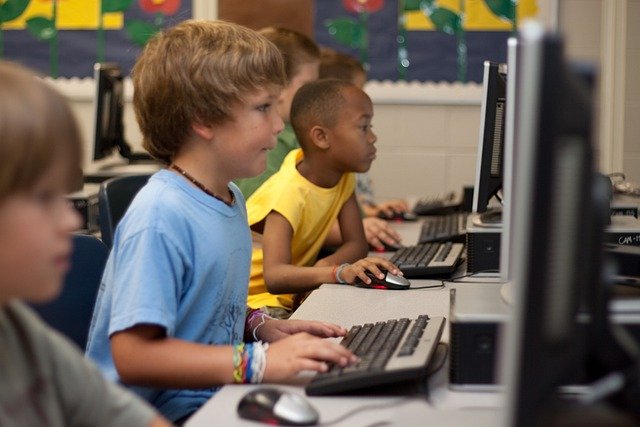Introduction:
In today’s digital age, technology has become an integral part of the educational landscape, offering educators powerful tools to enhance teaching and learning experiences. However, effectively integrating technology into the classroom requires careful planning, thoughtful implementation, and ongoing support for both educators and students. In this article, we will explore best practices for educators to successfully integrate technology into their teaching practices and create dynamic learning environments that engage and empower students.

Set Clear Learning Objectives:
- Before incorporating technology into the classroom, educators should establish clear learning objectives aligned with curriculum standards and student learning outcomes. Technology should enhance and support these objectives rather than being used for its own sake. By setting clear goals, educators can ensure that technology integration is purposeful and focused on enhancing student learning and achievement.
Select Appropriate Tools and Resources:
- With a wide range of educational technology tools and resources available, educators should carefully select those that best align with their instructional goals and meet the diverse needs of their students. Whether using interactive whiteboards, educational apps, online simulations, or digital textbooks, educators should choose tools that enhance engagement, facilitate collaboration, and promote active learning.
Provide Adequate Training and Support:
- Effective technology integration requires educators to have the necessary knowledge, skills, and confidence to use technology effectively in their teaching practices. Schools should provide ongoing professional development opportunities and technical support to help educators build their digital literacy and proficiency with technology tools. Training should be hands-on, relevant, and personalized to educators’ needs and interests.
Foster Digital Citizenship and Responsible Use:
- Incorporating technology into the classroom also involves teaching students how to use technology responsibly, ethically, and safely. Educators should promote digital citizenship skills such as online etiquette, digital footprints, information literacy, and cyber safety. By fostering a culture of responsible use, educators can empower students to navigate the digital world responsibly and become responsible digital citizens.
Encourage Student-Centered Learning:
- Technology can facilitate student-centered learning approaches that empower students to take ownership of their learning and pursue their interests and passions. Educators can leverage technology to differentiate instruction, personalize learning experiences, and provide opportunities for student choice and autonomy. By incorporating collaborative tools, multimedia resources, and interactive activities, educators can create engaging and interactive learning environments that cater to diverse learning styles and preferences.
Assess and Monitor Student Progress:
- Technology can also streamline assessment and monitoring processes, allowing educators to gather real-time data on student progress and performance. Educators can use learning management systems, digital assessment tools, and data analytics platforms to track student achievement, identify areas for growth, and provide timely feedback. By leveraging technology for assessment purposes, educators can make data-informed decisions to support student learning and academic success.
Cultivate a Growth Mindset:
- Finally, educators should adopt a growth mindset when integrating technology into the classroom, embracing innovation, experimentation, and continuous improvement. Technology is constantly evolving, and educators should be open to trying new tools and strategies, reflecting on their practices, and refining their approaches based on feedback and evidence of impact. By cultivating a growth mindset, educators can adapt to change, overcome challenges, and unlock the full potential of technology to enhance teaching and learning.
Conclusion:
Integrating technology into the classroom offers exciting opportunities to create dynamic, interactive, and personalized learning experiences for students. By following best practices such as setting clear learning objectives, selecting appropriate tools and resources, providing training and support, fostering digital citizenship, encouraging student-centered learning, assessing student progress, and cultivating a growth mindset, educators can harness the power of technology to engage and empower students and prepare them for success in the digital age.



